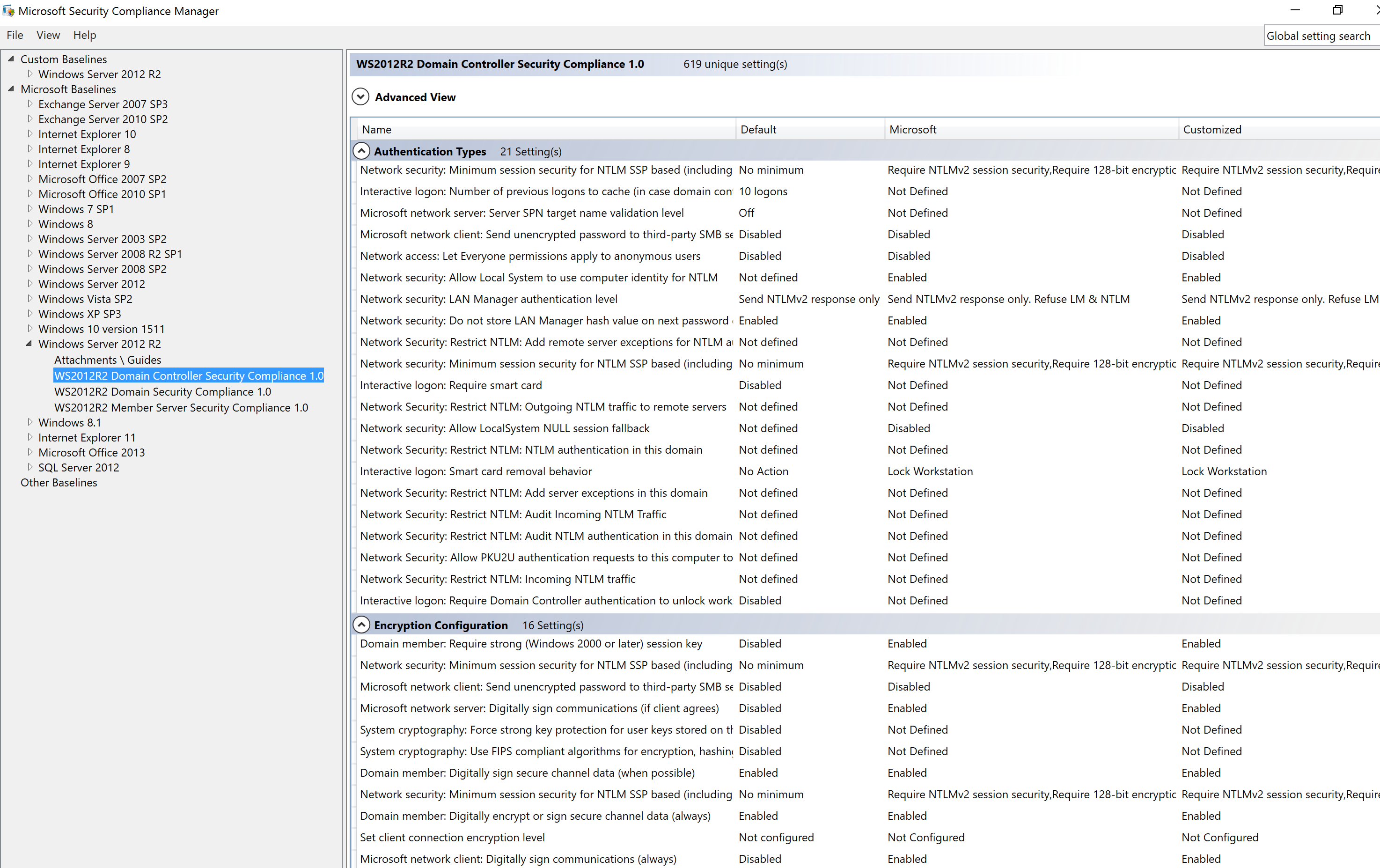Ntlmssp Service Might Not Be Installed
On this page:.OverviewIf the NTLM authentication setting on your Windows computer is not set to NTLMv2, your computer may repeatedly prompt you for your when you attempt to access your IU account via Outlook (or any other desktop email client).Newer versions of Windows (8 and later) and Windows Server default to using NTLMv2 authentication, but in rare instances, this setting may become incorrect, even if the NTLM setting was previously correct. Windows 7 defaults to using NTLM, so you may need to check and correct this setting.You only need to use one of the following methods.
- Ntlmssp Logon Process
- Ntlmssp Service Might Not Be Installed Near Me
- Ntlmssp Service Might Not Be Installed Windows 10

Using the Local Security Policy console is easier, but not all versions of Windows include the secpol.msc application necessary to use this method. It is usually found on business-class versions of Windows (for example, Enterprise and Ultimate). The will work on all versions of Windows. Use the Local Security Policy consoleTo use the local security settings to force Windows to use NTLMv2:.

Open the Local Security Policy console, using one of the following methods:. From the Control Panel: Navigate to the Control Panel.
Double-click Administrative Tools, and then LocalSecurity Policy. Via search: Search for the secpol.msc application and launch it. To do so:. In Windows 10 or Windows Server 2016, use the search function from the Taskbar. In Windows 8.x or Windows Server 2012, swipe down from the upper right corner, select Search, enter secpol.msc, and press Enter.
In Windows 7:. From the Start menu, select Run. In the Open. Field dialog that launches, enter:secpol.msc. Click OK.The Local Security Policy console will appear. Find 'Network Security: LAN Manager authentication level', which is located inSecurity Settings, Local Policies, Security Options.
Ntlmssp Logon Process
Set the LAN Manager authentication level to NTLMv2 responseonly/refuse LM and NTLM. This contains instructions for editing the registry. If youmake any error while editing the registry, you can potentially causeWindows to fail or be unable to boot, requiring you to reinstallWindows. Edit the registry at your own risk. Always back up theregistry before making any changes. If you do not feel comfortableediting the registry, do not attempt these instructions. Instead, seekthe help of a computing support provider.
In Windows 7, from the Start menu, select Run. Or, for later interfaces, initiate a search. Enter regedt32. Click OK or Enter. Double-click HKEYLOCALMACHINE, then SYSTEM, CurrentControlSet, Control, and finally LSA. In the right pane, double-click the LMCompatibilityLevel value. In the 'Data' field of the DWORD Editor window, enter 5.
Click OK. In the Registry menu, select Exit. Restart your system for the registry changes to take effect.
The command mount.cifs is found not being able to run in a gentoo system with systemd ae429-1105 etc # mount -t cifs //file.abc.edu.au/user /home/directory/path -o credentials=/etc/user,rw,iocharset=utf8,filemode=0777,dirmode=0777mount error(2): No such file or directoryRefer to the mount.cifs(8) manual page (e.g. Man mount.cifs)It has been confirmed that the existence and accessibility of the mountpoint /home/directory/path and credential file /etc/user. Also the relevant modules and services has been enabled, i.e., ae429-1105 etc # lsmod egrep 'fuse cifs'fuse 72589 5cifs 312131 0and ae429-1105 etc # systemctl -t service -a grep Sambanmbd.service loaded active running Samba NetBIOS name serversmbd.service loaded active running Samba SMB/CIFS serverwinbindd.service loaded inactive dead Samba Winbind daemonThis problem has been identified by many users, e.g. ALSO NOTE that the same command executed in my Ubuntu/debian system is able to mount successfully.Other information in the problematic machine: ae429-1105 etc # mount.cifs -versionmount.cifs version: 6.1the version of mount.cifs installed in debian/ubuntu is 6.0. You might need to provide the vers= option to the mount command to force version 3.0 if you're trying to mount a share from a newer version of Windows. One of our fileservers was recently upgraded to 2012R2 and that's when my mount stopped working. Setting it to vers=3.0 fixed the issue.
Ntlmssp Service Might Not Be Installed Near Me
Like most Samba/CIFS errors the 'No such file or directory' message isn't much help.As an example: # mount -t cifs //win2012r2/someshare -o cred=/home/foo/.cifsuser, vers=3.0 /mnt/tmp.where I have my domain, username and password contained in the.cifsuser file.Apparently, smbmount uses a newer version of the SMB protocol by default since it worked without issue or any special options.Notice below that the default protocol version is 1.0.From the mount.cifs man page: vers=SMB protocol version. Allowed values are: 1.0 - The classic CIFS/SMBv1 protocol.
This is the default. 2.0 - The SMBv2.002 protocol.
Ntlmssp Service Might Not Be Installed Windows 10
This was initially introduced in Windows Vista Service Pack 1, andWindows Server 2008. Note that the initial release version of Windows Vista spoke a slightlydifferent dialect (2.000) that is not supported. 2.1 - The SMBv2.1 protocol that was introduced in Microsoft Windows 7 and Windows Server 2008R2. 3.0 - The SMBv3.0 protocol that was introduced in Microsoft Windows 8 and Windows Server 2012.
You might need to change the sec parameter: this setting made it work on my setup: mount.cifs.o sec=ntlmRelevant extract of man mount.cifs:sec= Security mode. I was running into this same 'mount error(2): No such file or directory' error using mount.cifs on a CentOS 7 VM. I never determined exactly why the error was being generated when using the default ntlm security (and the variants), but I did discover that using Kerberos authentication worked around the problem. So my final working command line looked like this: mount.cifs -v -o domain=MYCODOMAIN,sec=krb5 //winserver/sharename /mnt/mymountpointwhereas this command that gave the 'no such file or directory' error was: mount.cifs -v -o username=myusername,domain=MYCODOMAIN //winserver/sharename /mnt/mymountpointTo use Kerberos, I installed 'krb5-workstation' package and configured it.